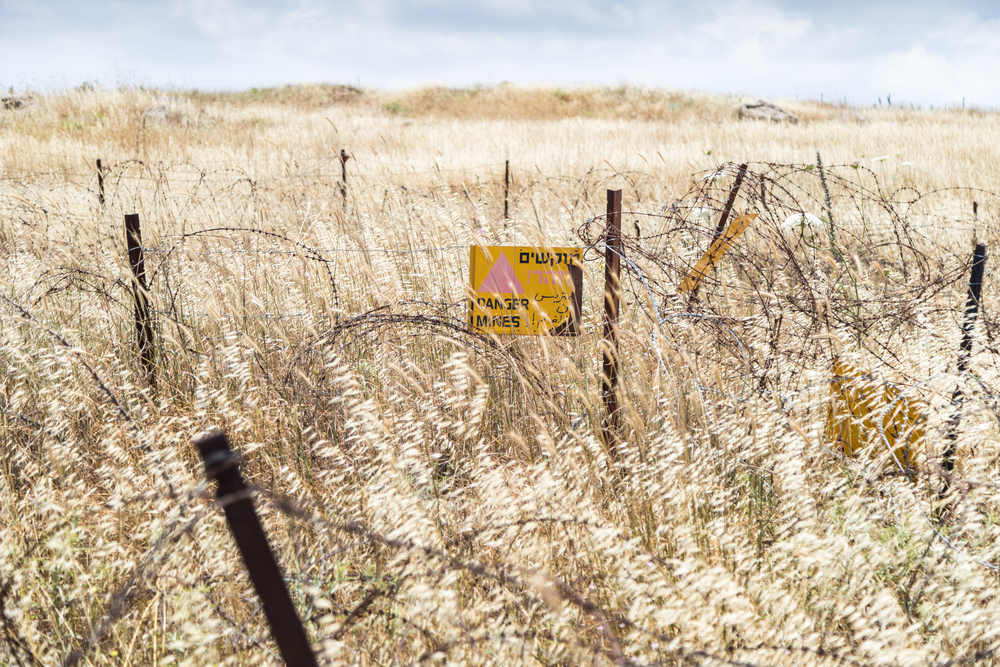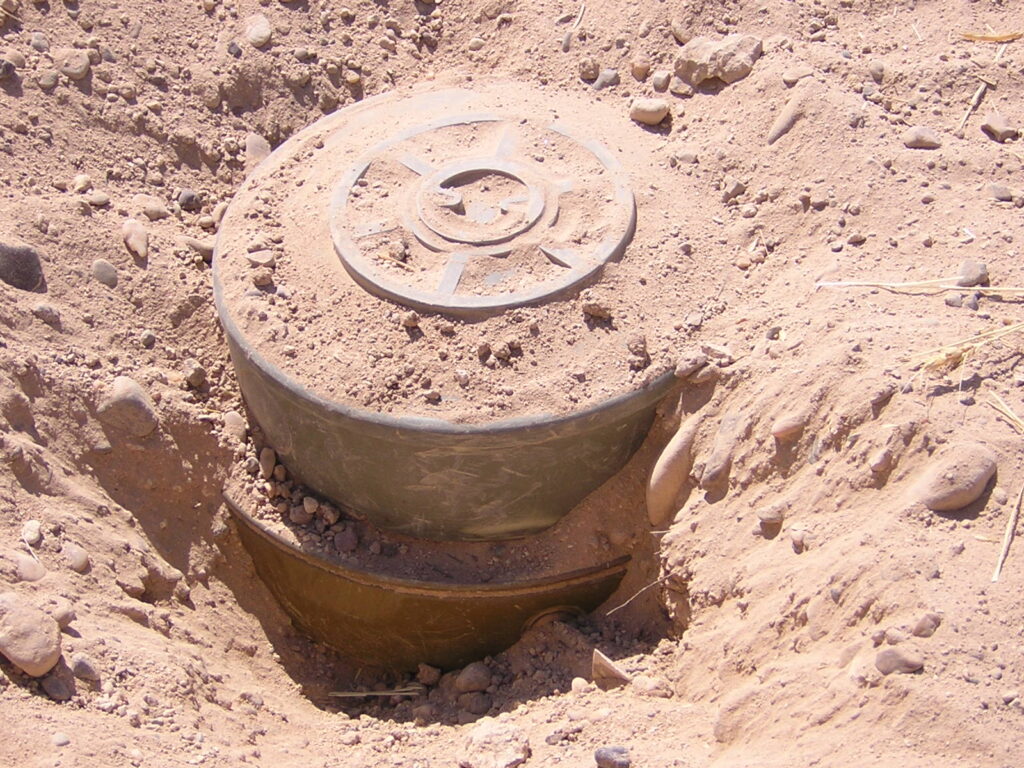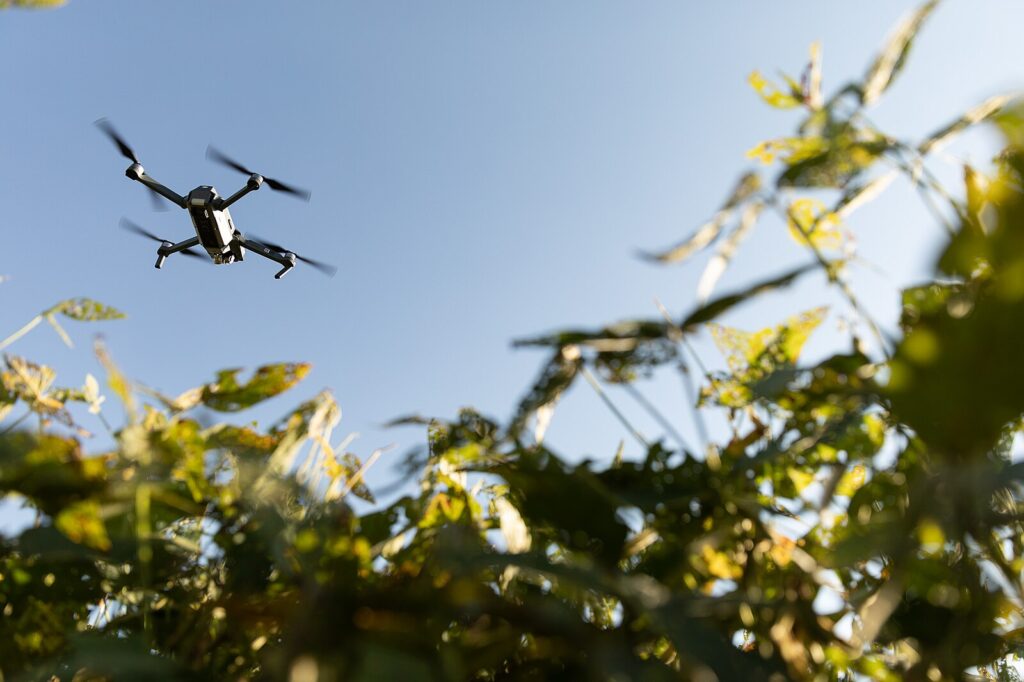In 2010, 11-year-old Daniel Yuval was badly injured during a family hike in the Golan Heights when he accidentally wandered onto a snow-covered minefield and detonated a landmine.
This terrible incident, which cost young Daniel his right leg, is unfortunately not an isolated case in Israel.

Now, scientists at the Hebrew University of Jerusalem have teamed up with biotechnology startup Enzymit to test a new, breakthrough method that uses the E. coli bacterium to sense trace amounts of a chemical that leaks out of buried landmines.
Thousands of fields around Israel have been laden with mines since the 1967 Six-Day War, with little but yellow warning signs and barbed wire to ward off wayfarers, which can be hard to see.

Efforts to remove these landmines have been painstaking and slow, especially since the most commonly used method today is still the metal detector – which is both dangerous for the person who must manually enter the minefield in order to use it, and inefficient as it raises the alert on any kind of metal, from discarded shrapnel to old soda cans.
The bacteria, which has been engineered to light up when it detects the presence of dinitrotoluene (DNT), is simply sprayed above a potential minefield. A drone then flies overhead and snaps a photo using a specialized camera that reveals the location of the mines in luminescent colors.

E. coli – formally known as escherichia coli – is a bacteria found in the intestines of healthy people. And while most forms of the bacterium are harmless or cause mild stomach upsets, some strains can lead to more severe symptoms.
The E. coli strain used in the process, however, has been engineered to die out shortly after it is dispersed, ensuring that it poses no risk to human health or the environment.
Sensitive Solution
The new mine-detecting method has been under development for over a decade at Professor Shimshon Belkin’s Environmental Microbiology and Biosensor Laboratory at the university.
The team was inspired by the natural properties of E. coli – which use specific proteins to detect DNT, a great source of nutrients for bacteria – to create their solution.

The lab recently partnered with the startup, a move that helped to accelerate their landmine solution by creating a protein that makes the E. coli more sensitive to detecting DNT, while also not giving off false positives.
After the protein was added to the engineered strain of E. coli, it made the solution five times more sensitive to DNT and gave it much faster reaction times when compared to the original engineered strain.
“The problem with many natural proteins is that they’re not optimal for what humans need them to do,” Enzymit CEO Gideon Lapidoth tells NoCamels.

“Millions of years of evolution have optimized this specific protein to be great for what the E. coli needs, but what we needed was for it to be more sensitive, quicker to react and essentially serve a system that could be operational in real-world conditions,” he says.
Sign up for our free weekly newsletter
SubscribeEnzymit uses computer algorithms to create enzymes (the proteins that create a chemical reaction) with desirable traits. It then generates a new protein sequence that – when inserted into bacteria turns them into “factories” to produce those traits.
“Think about your standard microphone, which often picks up background noises,” Lapidoth explains. “The ideal mic would only pick up the voice of whoever is speaking at the moment.

“That’s essentially what we did with this specific protein. We optimized the signal-to-noise ratio, so it doesn’t give off false positives when it detects something – it only gives off a signal when it actually detects the molecule of interest.”
This process, he says, is already being used by alternative protein companies, who inject DNA that encodes for milk proteins into yeast and extract the protein from the yeast to create dairy products without the need for cows.
Multipurpose Options
Enzymit and the team at the Belkin lab have already proven the efficacy of the jointly engineered strain. Now, they’re conducting field testing of the entire solution, which involves dispersing the bacteria and verifying that its luminescence always shows up in photographs. They believe that the system will be operational for “non-civilian use” next year.
Both teams believe that this solution – which is the first of its kind – can have many use cases. They’re already expanding the bacteria’s capabilities to detect chemicals used in other kinds of explosives, such as RDX.
The solution’s potential, says Lapidoth, may be able to go even further – from detecting gas and oil leaks, to even being used in airport security.

His computational algorithms have been used to produce prebiotics found in breast milk as well as hyaluronic acid, which is used in cosmetics to reduce scarring and wrinkles and help wounds heal faster.
Lapidoth himself served in the Magan Unit of the Israel Defense Forces, which rescues people stuck in minefields and deals with mines found outside of a designated minefield.
“I think what’s exciting for me is that this really shows you the applications of synthetic biology that go way beyond pharma or food,” says Lapidoth.
“The fact that we’ve shown that we can actually take this way beyond those applications for stuff that people haven’t thought were possible shows you its enormous potential,” he says.
Related posts

Israeli Medical Technologies That Could Change The World

Harnessing Our Own Bodies For Side Effect-Free Weight Loss

Missing Protein Could Unlock Treatment For Aggressive Lung Cancer




Facebook comments